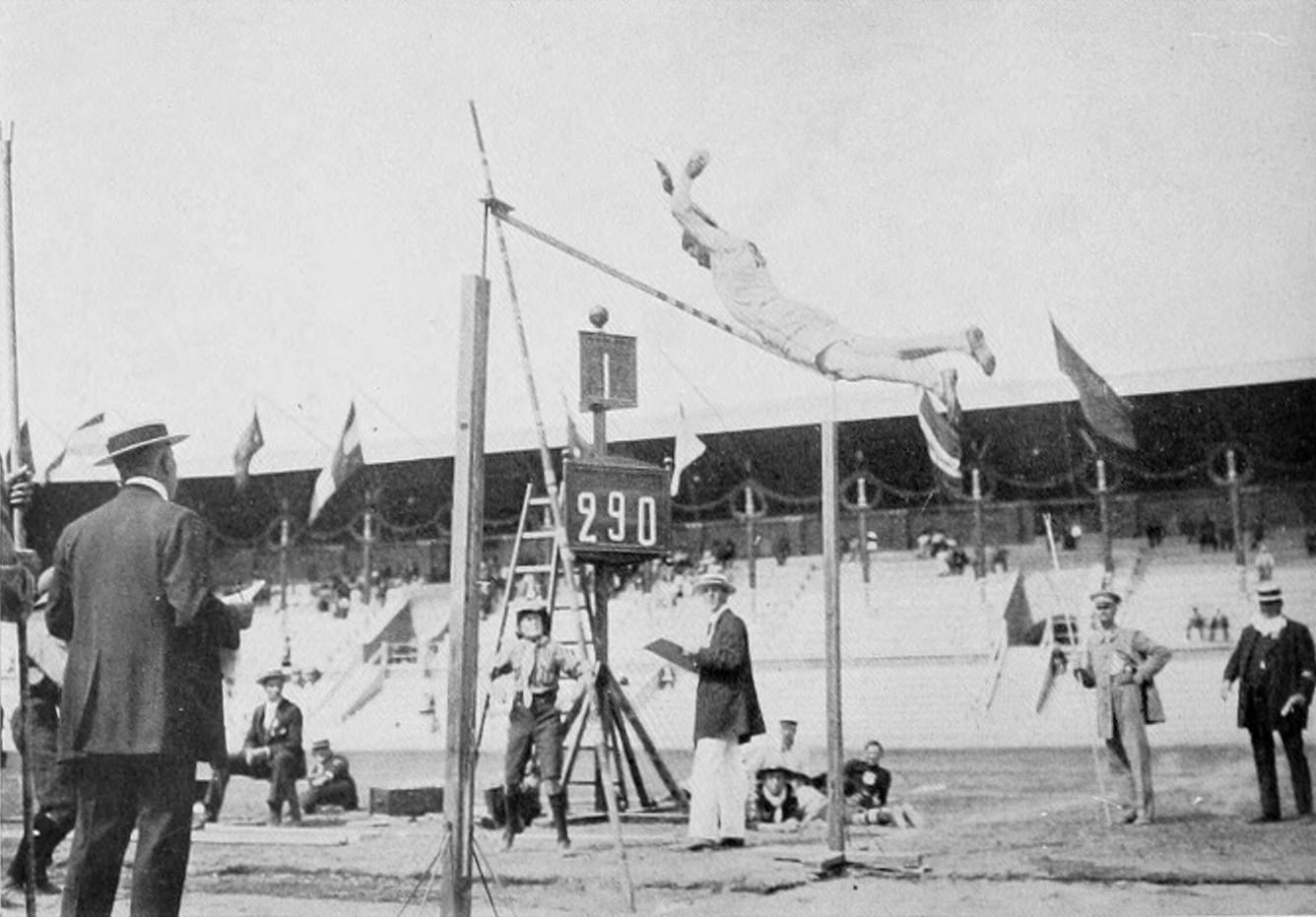A Town Is Not a Museum, Appeals Court Rules
In settling the dispute of where one of the greatest athletes of the 20th century is buried, a ruling last week declared that a town can't be treated like a museum.

In settling the dispute of where one of the greatest athletes of the 20th century is buried, a ruling last week declared that a town can’t be treated like a museum. On October 23, a Philadelphia federal appeals court ruled Jim Thorpe the man would stay in Jim Thorpe the Pennsylvania town, a place he never visited in his lifetime. The decision rejected a 2013 district judge decision that Thorpe’s remains could be removed to Sac and Fox tribal land in Oklahoma under the 1990 Native American Graves and Repatriation Act (NAGPRA).

The United States Court of Appeals for the Third Circuit concluded in its Thorpe v. Borough of Jim Thorpe ruling opinion that “Congress could not have intended this kind of patently absurd result that would follow from a court resolving a family dispute by applying NAGPRA to Thorpe’s burial in the Borough under the circumstances here.” The story of how an incredible athlete who garnered gold medals in the 1912 Summer Olympics, and played professional football, basketball, and baseball, ended up at the center of a dispute over his skeleton is complicated.
After an astounding career, Thorpe unfortunately timed his retirement with the Great Depression, dying at the age of 64 destitute and without a will. His third wife interrupted a funeral attended by the rest of his family to enact her own plan to memorialize the international star: by giving his body over to two communities in Pennsylvania who would change their name in a merger to Jim Thorpe, and set up his mausoleum as a tourist lure. It never sat right with much of Thorpe’s family, and in 2010 his son Jack sued for the remains. While a judge sided with him in 2013 (Jack since deceased, the cause was taken up by brothers Richard and William), the unconventional use of NAGPRA resulted in the ruling in favor of the town this month.

NAGPRA was intended to repatriate human remains that had found their way into museums, disinterred from their original burial places. As Hyperallergic reported last September, Jim Thorpe the town raised funds to appeal the NAGPRA decision. Although Thorpe was a member of the Sac and Fox nation, his remains were, as the court ruled this month, buried under the “clearly expressed wishes of Thorpe’s wife.” Indian Country reported that in a written statement from the Sac and Fox tribe they, with the Thorpe family, “will ceaselessly pursue this issue until Jim is finally returned to us.”
It’s another step in the incredibly sad downfall of the legacy of Jim Thorpe. While his Olympics medals were reinstated in 1982 after they were stripped in his lifetime for a technicality related to playing semi-professional baseball, his records still aren’t. And whatever he might mean to the town now, he started there as an intended tourist attraction, a novelty to give a newly-formed town attention. Over half a century later, his legacy is linked with the town’s name whether or not his bones remain. If he is eventually relocated to Oklahoma, Jim Thorpe, Pennsylvania, could still be part of preserving his story even without his mausoleum. It’s unlikely NAGPRA can be used to relocate Thorpe, but the town could make a decision itself to honor his memory by giving over his remains to his family and tribe.





